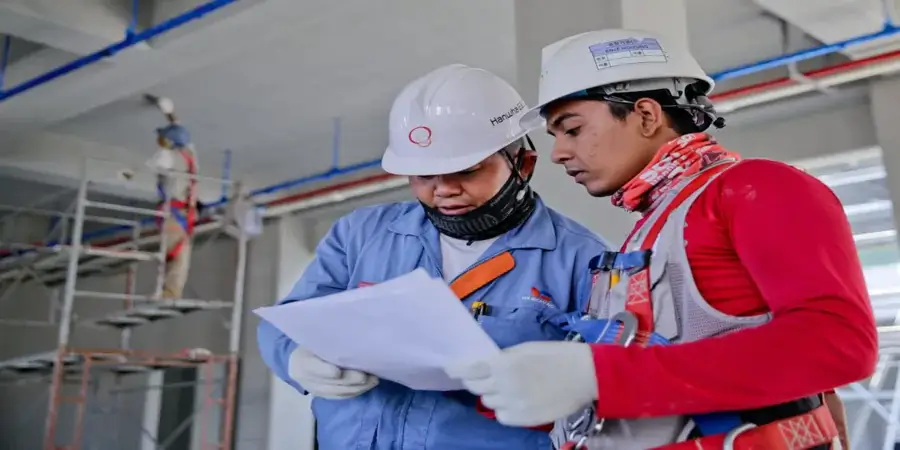Maximizing profit on every job requires more than just expertise and accurate estimates. In 2025, contractors face mounting challenges, including rising costs, delayed payments, and unpredictable project schedules, which put serious pressure on their cash flow.
With stricter lending requirements from banks, suppliers demanding faster payments, and clients occasionally delaying invoices, the financial strain is hard to ignore. Taking control of your billing process and improving payment collection can provide the stability needed to keep projects running smoothly.
In this article, we’ll dive into actionable strategies designed to protect your bottom line this year.
1. Staying Ahead With Automated Invoicing
Manual billing slows down payments and opens the door to errors. Many contractors are now switching to digital tools, such as Joist platforms, which send invoices immediately after a job is completed. These apps track who owes what and send reminders without extra work from your team.
It’s the same thing as hiring an extra set of hands that never takes a day off. Speeding up invoicing leads clients to pay sooner and keeps money moving in the right direction. Contractors who adopt automation experience fewer cash flow issues compared to those relying on outdated paper systems.
2. Build a Cushion With Upfront Deposits
Requesting a deposit before commencing work shifts some of the risks to the client and creates a buffer for your business. Even a small upfront payment covers initial expenses, such as permits, materials, or early labor costs. It’s like when you buy tickets in advance—both sides are committed.
Deposits also help weed out indecisive clients who may delay or cancel at the last minute. In today’s uncertain market, collecting money upfront means you’re not floating every project with your own cash, and it gives contractors more predictable control over their working capital needs.
3. Setting Clear Payment Terms Upfront
Collecting deposits is just one step—laying out your payment expectations from the start helps you avoid headaches later. So, state when payments are due, what happens if they’re late, and which methods you accept before the first hammer swings.
Clients respond better when they know exactly how and when to make a payment. Some contractors now break jobs into phases with scheduled billing milestones instead of relying on a lump sum at the project end. This method fosters steady cash flow, discourages missed deadlines by both parties and builds trust through clear communication at every step.
4. Keeping a Close Eye on Project Costs
Unexpected expenses can quietly drain your profits if you don’t track them in real time. Today’s construction management apps let contractors monitor labor, material costs, and change orders from their phones or tablets—right from the job site. It’s like having a dashboard for your business finances.
Frequent checks help identify overruns before they get out of hand. Small cost increases add up quickly, so catching issues early means you can adjust quotes or discuss extra charges with clients promptly. This level of awareness protects both cash flow and your reputation as a reliable contractor.
5. Building Strong Relationships With Suppliers
Last but not least, contractors should not overlook supplier partnerships when thinking about cash flow. Reliable suppliers can offer flexible payment terms or bulk discounts during tough times if you have a history of good communication and timely payments.
Inconsistent orders or late payments put these relationships at risk, making it harder to negotiate better deals in the future. Prioritizing clear dialogue and honoring agreements helps keep supply chains steady, and your cash position much healthier through market ups and downs.
Closing Thoughts
Smart cash flow management provides contractors with more than just financial stability—it allows them to focus on building, rather than worrying. Even minor improvements to invoicing or supplier relationships can make a real difference over time.
Treat your cash like any other tool: keep it sharp and within reach. In a year where every dollar counts, those who stay organized and proactive will encounter fewer obstacles and more opportunities to grow their businesses with confidence.
















